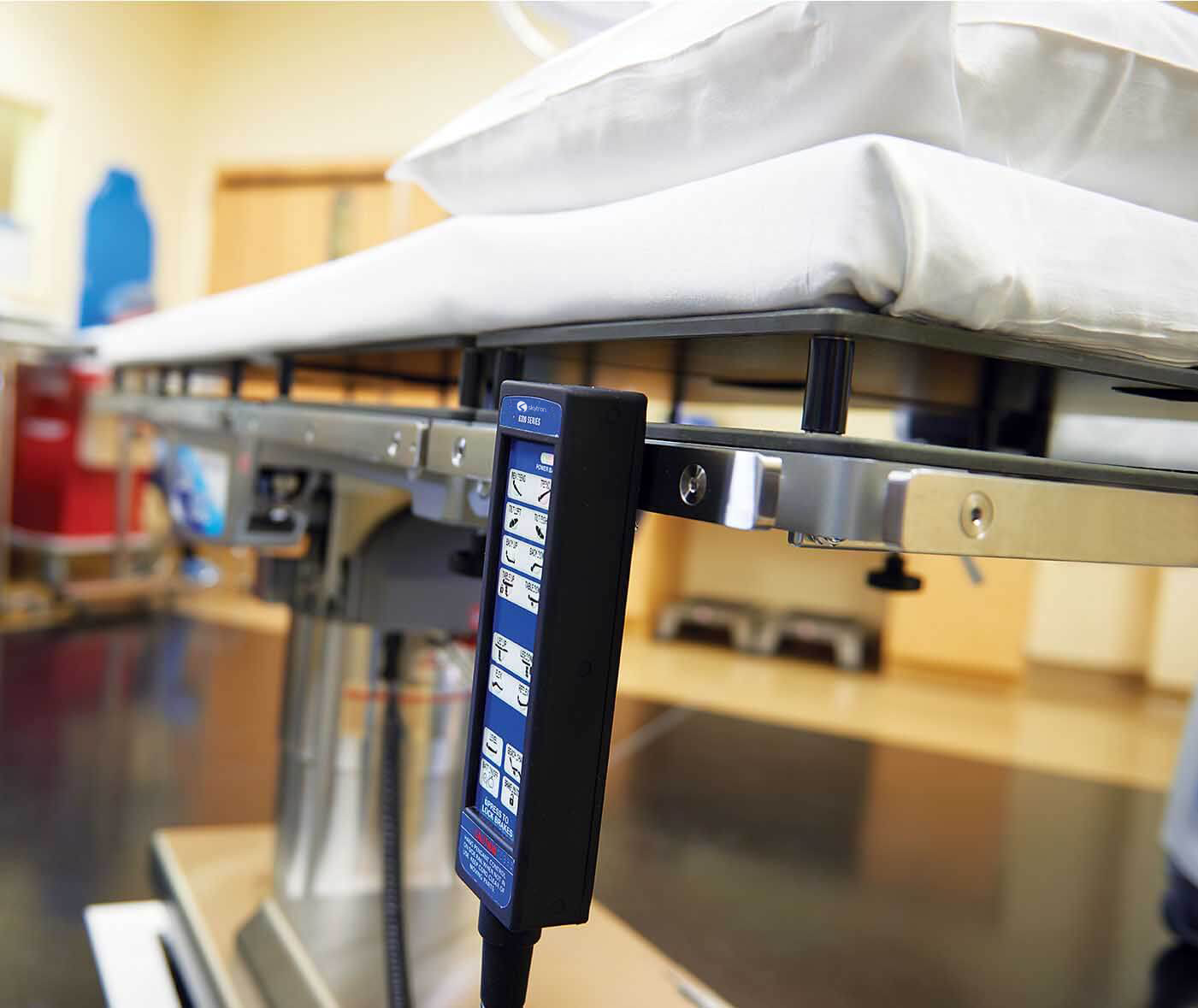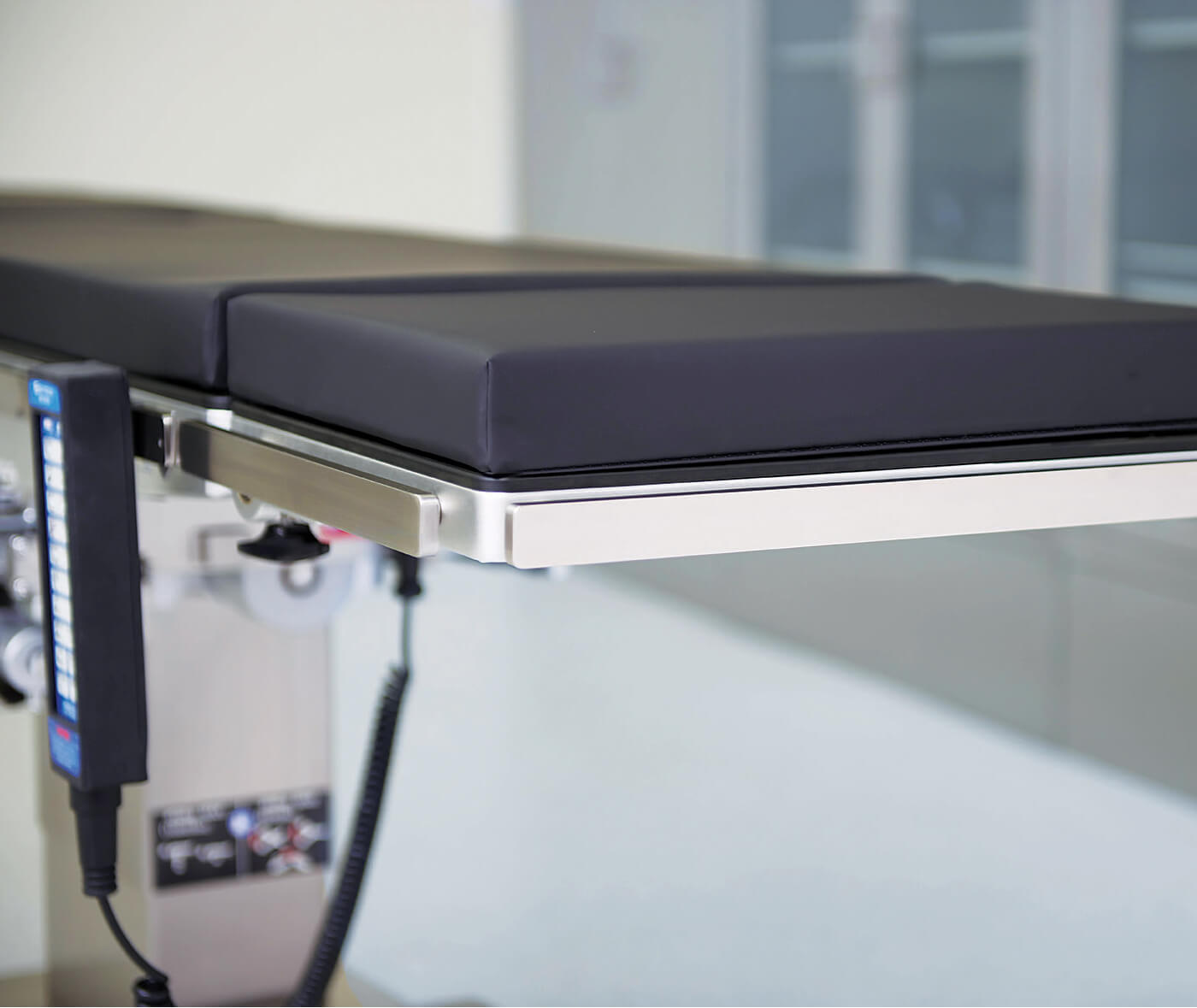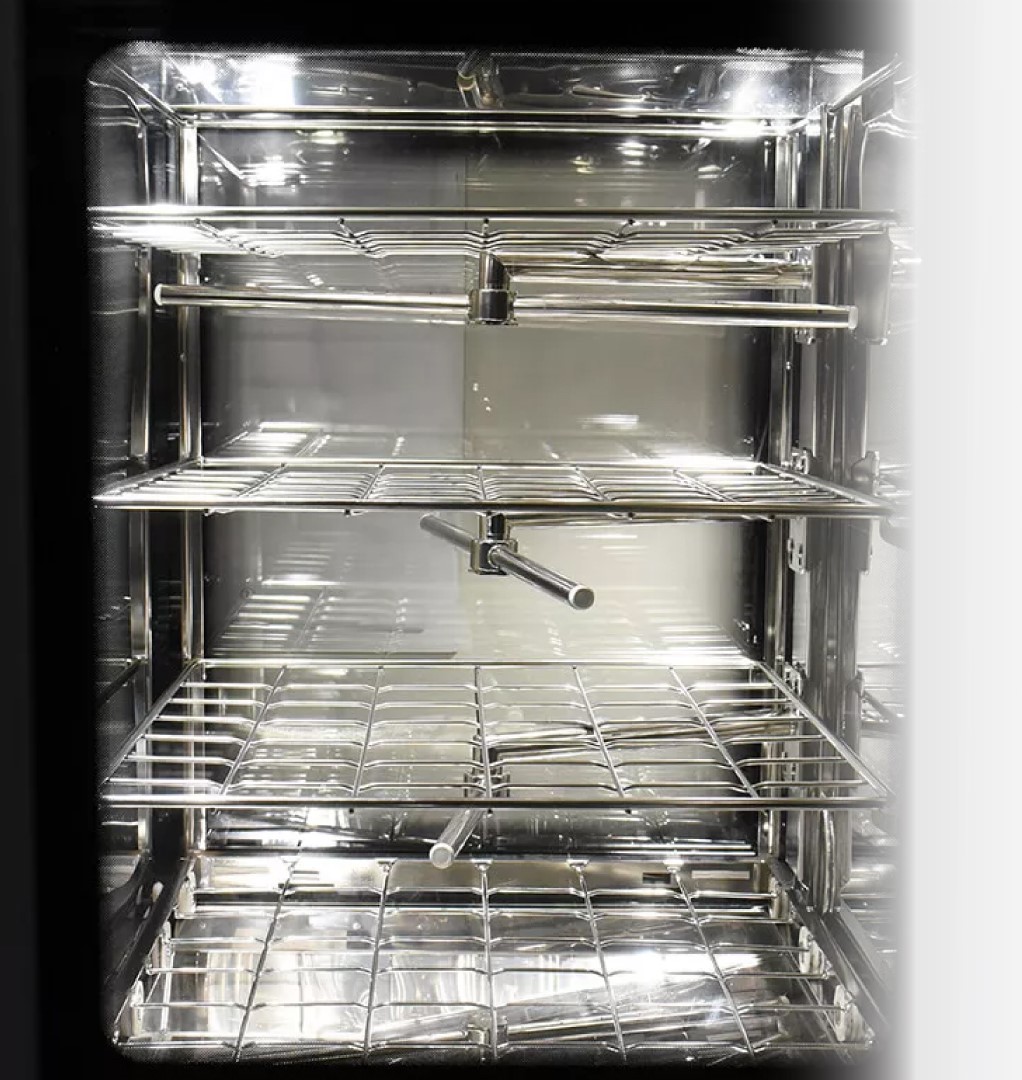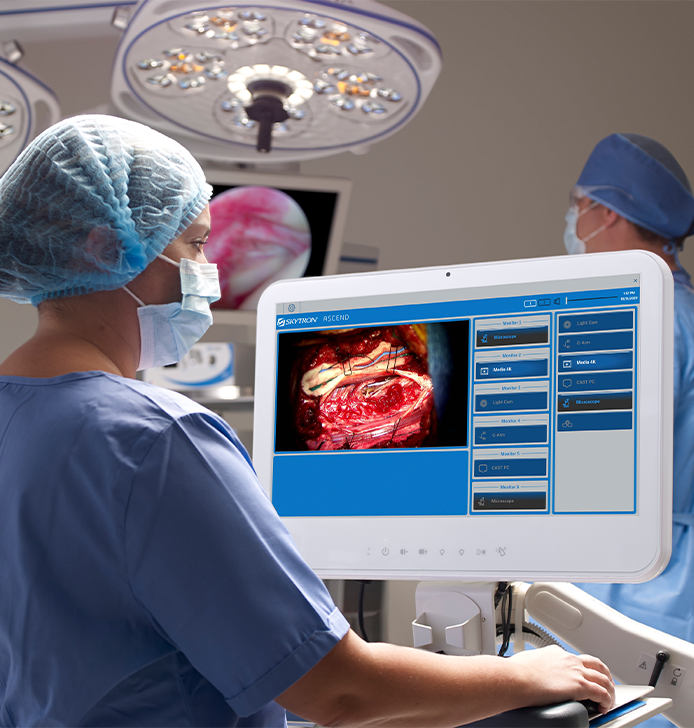
-
Written ByRebecca Kinney
-
PublishedJanuary 10, 2023
Operating room integration systems are designed to streamline the workflow in the operating room (OR) and improve patient care by providing real-time access to patient information and media.
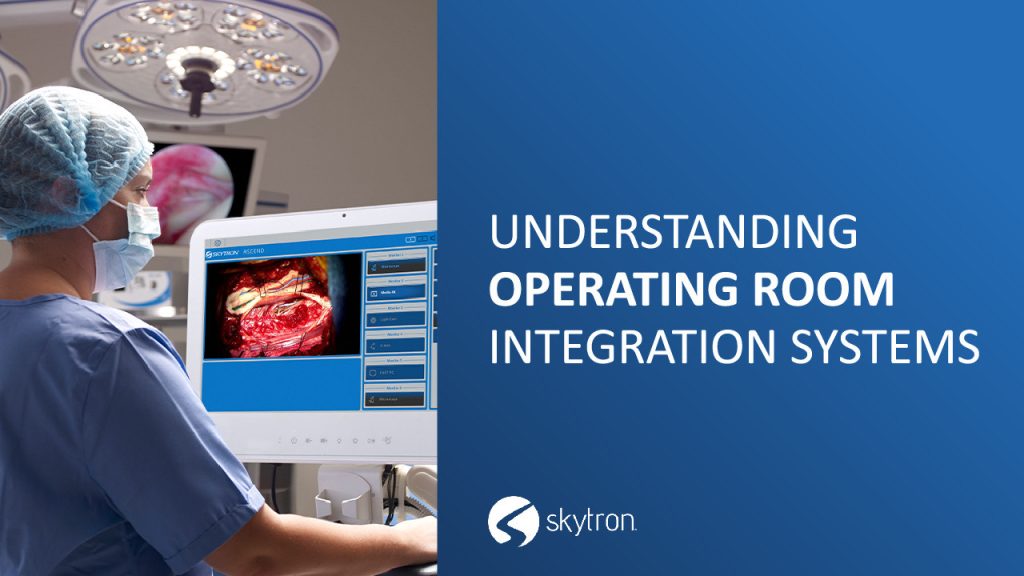
In the Operating Room (OR) you will find a plethora of equipment and devices, from surgical lights, booms, tables, monitor displays, camera systems, room lights, recording devices, and multiple mobile OR devices brought into the room. The surgical team is responsible for managing this equipment and keeping a patient-centric focus, including counts, patient monitoring, lighting adjustments based on surgeon preference, and case types, and ensuring video displays and lighting changes are exactly as they need to be to verify positive patient outcomes. The surgical team is tasked with managing all of this and more where one simple mistake can be life-threatening. A properly tailored integration system complements a hospital’s workflow and alleviates and simplifies complexity. This article will provide you with the benefits and how these systems work for you.
What is an OR Integration System?
“An OR integration system connects medical devices, room and surgical lights, and audio/ video systems to one central control hub. As a result, surgical teams can easily control surgical equipment, access any information, and change the environment with a simple push of a button.” 1 The intended purpose is to simplify or consolidate data. It enables a single user to control all systems from a central command center.
Operating room integration systems are designed to streamline the workflow in the operating room (OR) and improve patient care by providing real-time access to patient information and media. They can be used to display a range of information, such as patient vitals, imaging studies, and surgical notes on monitors in the OR.
Benefits
One of the main benefits is a streamlined collaboration with up-to-date patient information between departments. This can help surgeons and other medical staff make more informed decisions about the best course of treatment for the patient, as they have immediate access to the patient’s medical history, allergies, and other important information.
Another benefit of operating room integration systems is improved communication between team members in the OR. With these systems, doctors and nurses can easily share information and communicate with each other during surgery, which can help reduce the risk of errors and improve patient outcomes.
Operating room integration systems can also improve efficiency in your OR. For example, you can track medical supplies and equipment use, helping reduce waste and minimize risks. Additionally, they can help streamline documentation processes by allowing electronic records and updating patient information in real time, rather than manually updating paper records.
There are several different types of operating room integration systems, including those that are stand-alone or an integration system local to a mobile cart or room that operates off the hospital network that performs basic routing options. Stand-alone systems typically include a central computer and a series of monitors and other equipment in the OR, while integrated systems connect to a hospital’s electronic health record (EHR) system, allowing for seamless communication between the OR and other hospital departments.
Considerations
One of the key considerations when choosing an operating room integration system is ensuring that it is user-friendly and easy to use for all surgical team members and that the system you invest in allows vendor neutrality which allows proprietary devices to be accessed from one location. In addition, it is crucial to ensure that the system is reliable and secure, as it will handle sensitive patient information.
Implementing an operating room integration system can be a significant investment for your hospital. Still, the long-term benefits of improved patient care, increased efficiency, and reduced errors are well worth it. Many hospitals are finding that OR integration systems can help them meet regulatory requirements and improve the overall quality of care.
OR Integration systems are a valuable tool for improving patient care and streamlining the workflow in the OR. With real-time access to patient information and medical equipment, improved communication between team members, and increased efficiency, they can help to reduce errors and improve patient outcomes.
To view our current portfolio of Skytron systems visit
Skytron Clinical Business Intelligence | Video Integration
Stay tuned in upcoming weeks as we will dive deeper into the new innovations, we will offer you surrounding integrated systems. We will dive deeper into the intricacies and specifications and how they directly serve you and your facility.
Citations




